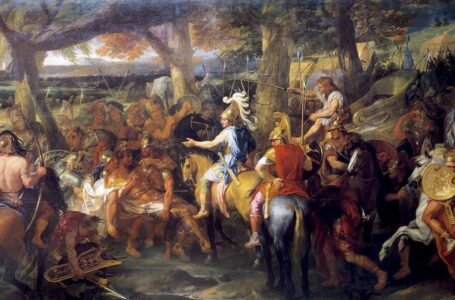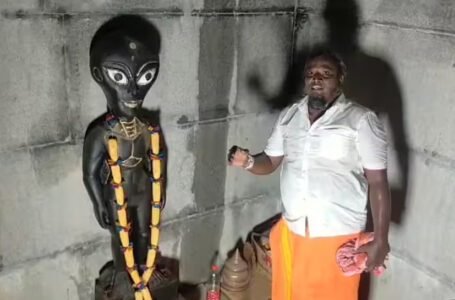Periyar River: Kerala’s Lifeline
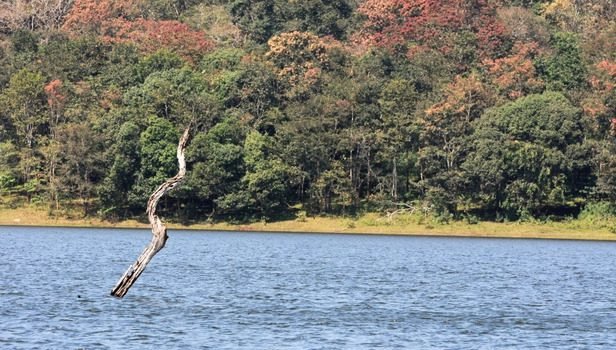
The Periyar, often called the lifeline of Kerala, plays a great role supporting the state’s economy, and agriculture, and meeting water requirements. It is playing a crucial role in irrigating fields, water supply, and hydropower production from the Western Ghats to the Arabian Sea. However, such utility is not its only importance. It has deep roots in the traditions and religious practices of Kerala, besides serving as an ecotourism and wildlife conservation centre.

It hangs around the controversy of the Mullaperiyar Dam dispute, which is an age-old problem between Kerala and Tamil Nadu, questioning its safety issues, water sharing, and ecological sustainability. Other modern threats challenge the health of the river with pollution, environmental degradation, and pressure from tourism. This purpose is served by this article when it provides the origin, mythology, economic importance, and environmental problems of the Periyar River that highlighted challenges and opportunities in the offing.
Origin of the Periyar River
The Periyar originates in the Western Ghats, specifically from the Sundaramala Hills in the Idukki district. It flows for 244 kilometres, winding its way through the lush forests and agricultural fields as well as urban centres of Kerala, finally ending up in the Arabian Sea. It drains an area of 5,398 square kilometres, making it the second-longest river in Kerala after Bharathapuzha.

The upper catchment of the river falls under the Periyar Tiger Reserve, which is a high biodiversity region. This place is identified with highly endangered species such as tigers, elephants, and endemic bird species. The Periyar has also been fed by several tributaries, including the Muthirapuzha and Mullayar rivers, thereby improving its flow and richness in terms of ecology.
It has a number of reservoirs and dams along the course-the largest one is the Mullaperiyar Dam. Water from this is diverted to Tamil Nadu for irrigation as well as drinking purposes. Other hydroelectric power sources for Kerala are the Idukki Dam, one of the largest arch dams in India, and its electricity generation is considerable for the state.
Mythology and Cultural Significance
This is an extremely sacred body of water in Kerala’s cultural and religious heritage. Local lore has it that Shiva created this river to provide water for people in the region, and thus the river is called “Periyar,” meaning “big river.” The site of temples like Aluva Mahadeva Temple, which borders the riverside, also draws many devotees around the festival of Maha Shivaratri.

The great sandbank, or strip, thrown up by the Periyar is formed into a large one at Aluva Manappuram where thousands of people gather to perform rituals for their ancestors. It may be noted that religion forms an integral part of the life of these communities in connection with the Periyar.
The legends and folklore also highlight the river’s role that puts much emphasis on how people should live in harmony with nature, and respect its gifts. Generally, epic stories portray the river as a nourishing and power to be feared when the river is overflowing during the rainy months of the monsoons.
The Role of the Periyar River in Kerala’s Economy and Agriculture
In terms of the economy, this river is vital for Kerala as it supports agriculture, hydropower, and tourism. The Periyar provides water to hundreds of thousands of hectares to irrigate paddy, banana, and spices. Water from this river is used in many villages and towns for home use, aquaculture, and drinking.
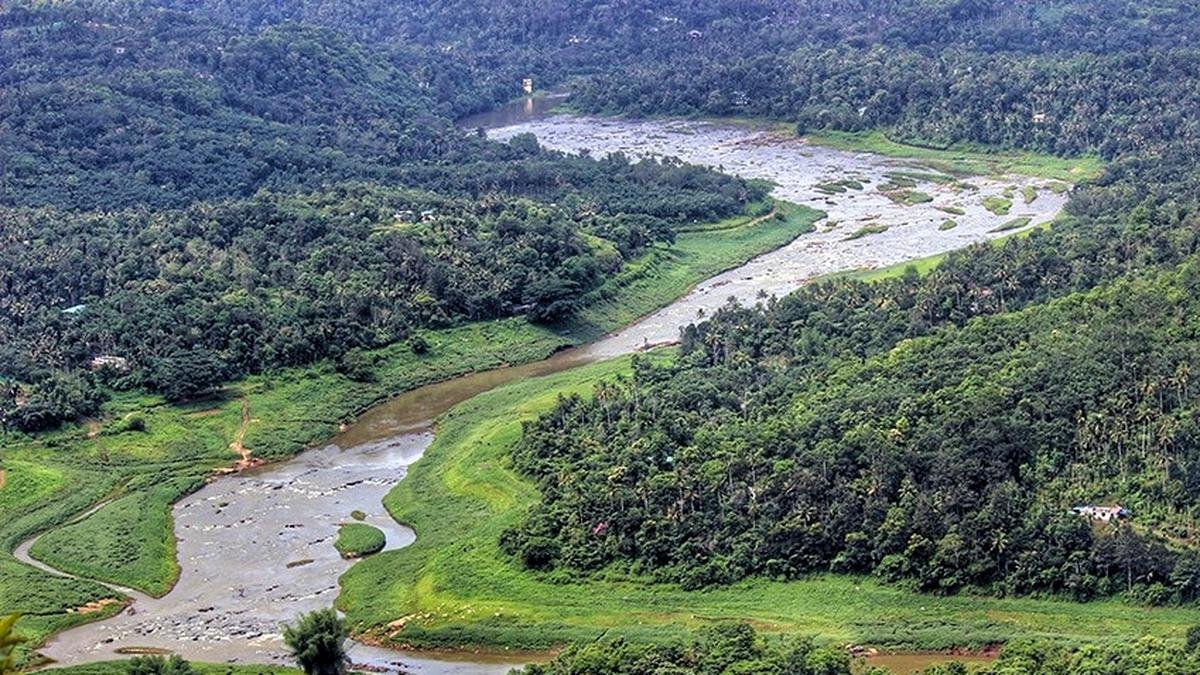
Being the state most dependent on hydroelectric power, the Periyar is vital to the whole state. In Idukki, this river was dammed in 1976 so that central to generating electricity in the state, the share of fossil fuels will be reduced. Water supply and irrigation; Cheruthoni and Mullaperiyar Dams are other reservoirs that facilitate this in the dry season.
The Periyar also supports fishing communities by being a habitat for many species of freshwater fish. River catch is one of the most important commodities in the small economies of communities based along its banks. Aquaculture, including shrimp farming, has developed in the backwaters associated with this river, yet more is always added to what was already significant.
The Mullaperiyar Dam Controversy
The Mullaperiyar Dam controversy is at the heart of the water politics of Periyar. Constructed by the British government in 1895, the Mullaperiyar Dam is located in Kerala but its control and management are under Tamil Nadu with a 999-year lease agreement. The diverted water from the Periyar River is mainly used for irrigation and drinking purposes, which serves the districts of Theni, Madurai, and Dindigul.

The controversy revolves around two primary issues:
- Structural Safety: The state of Kerala says that the dam is more than 100 years old, seismically vulnerable, and an age-old source of risk. Experts said that heavy rains or an earthquake might make the dam collapse, endangering millions downstream. Tamil Nadu contradicts this by saying the dam is structurally sound, thereby rejecting Kerala’s demand to decrease the water level. Tamil Nadu blames water scarcity on their farmers and says this is why they cannot approve of the issue.
- Water Sharing and Political Tensions: Kerala demanded a renewal of the lease agreement that was signed at a time when the colonies were still around for a fair distribution of the water. Tamil Nadu opposes any cut into its share, and this often translates into frequent court battles and political friction between the two governments. Of late, the Supreme Court of India has also gotten periodically entangled in adjudicating disputes over the dam, underlining the complexity involved.
The Mullaperiyar controversy represents one of the challenging transboundary water-sharing problems facing India, where the waters find passage across several states with conflicting interests. A sustainable solution to this controversy can only help in maintaining amicable relations between Kerala and Tamil Nadu.

Ecotourism and Environmental Concerns
The Periyar River has gained much popularity and has become an ecotourism centre, attracting tourists to the Periyar Wildlife Sanctuary and other related natural attractions. The region in and around the Periyar Tiger Reserve offers boating, wildlife safaris, and trekking for visitor throngs from all corners of the world.
Environmental Challenges
Despite its economic and ecological importance, the Periyar faces several environmental threats:
- Pollution: The industrial effluents and untreated sewage from towns along the river have degraded the quality of water. This has put aquatic life and human life at potential risk due to the resultant black and stinking water. Chemical fertilizers and pesticides carried by agricultural runoff further pollute the river, affecting biodiversity and fisheries.
- Deforestation and Habitat Loss: Since encroachment and deforestation threaten the balance of ecology spread over the Periyar catchment areas, a lesser flow of water takes place in it which has effects on wildlife also. This has also brought with it soil erosion along with sedimentation in the rivers and reservoirs.
- Tourism Pressure: While tourism generates economic benefits, tourism has led to garbage accumulation and disturbance to wildlife. Balancing tourism and conservation are a growing challenge for executives.
- Climate Change Impact: Now, the river flow patterns have altered over the years due to changing patterns of rainfall because of climate change. While water is scarce during the dry months, flooding occurs during the monsoons, thereby affecting the predictability of rainfall. This also created strain on effective management of water resources, hence making the agriculture and hydropower production weak.
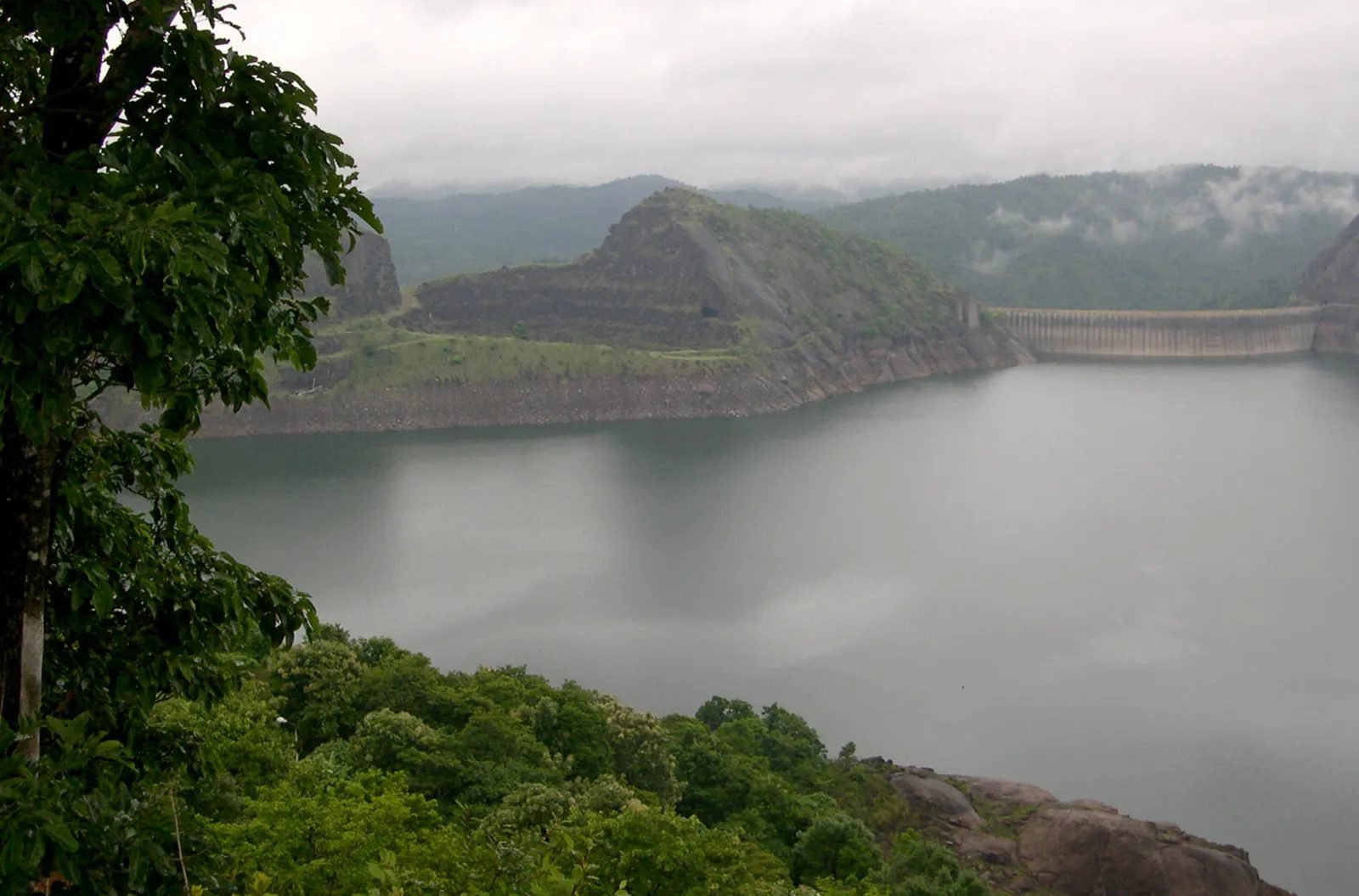
Conclusion
The Periyar River is very important to Kerala: it supports its agriculture, economy, and culture. It supports a great deal of hydropower supply to households, irrigation for fields, and provides sustenance for fishing communities. With temples on its banks and innumerable religious festivals, the river’s cultural impact stands evident in the symbolism of the interconnectedness of nature and human traditions in Kerala.
However, the river still faces many issues, such as environmental degradation and political conflicts over the use of water. The case of the Mullaperiyar Dam is another classic example of complexities in the management of resources and always needs cooperation and sustainable policies. Thus, in solving these problems, different groups involved should put their hands together, especially from governments, communities, the environmental organizations.
Ecological health for the Periyar River, therefore becomes significant for Kerala and a model for the sustainable management of water resources in the country. Climate change continues to alter the way water distributes itself, and hence the conservation of rivers like the Periyar assumes significance more than ever. Making sure it is a source of life and prosperity for generations yet born can be achieved through conservation, dialogue, and responsible tourism in Kerala.

